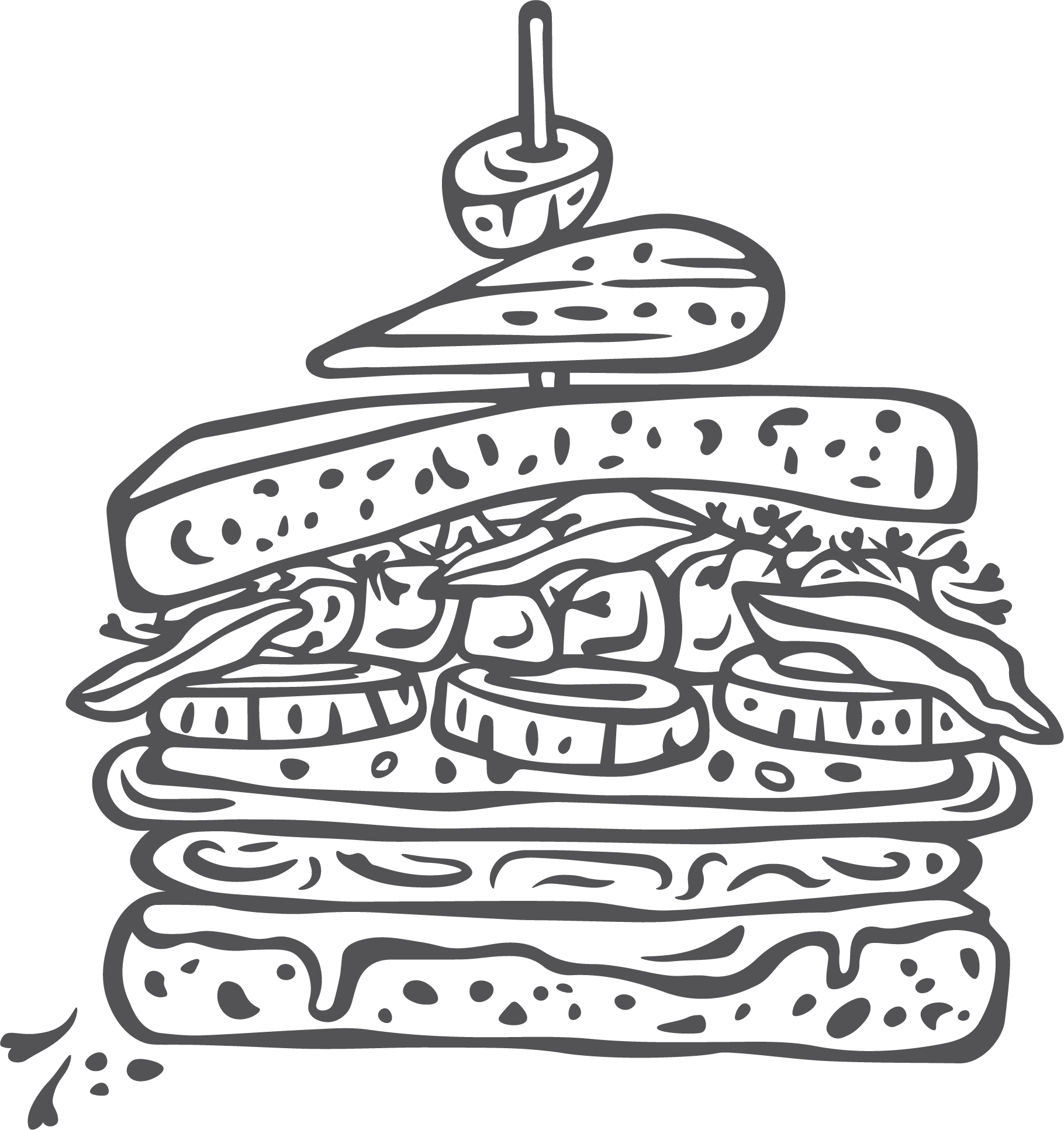

Fall/Winter
This tart vegetable (but thought of as a fruit) is primarily used for sweets, including pies and jams. I love to use it in sauces, chutneys, and soups. Important note: the leaves cannot be eaten. Rhubarb is one of the few plants whose greens are poisonous.
Look for stalks that are crisp and deep in color. The stalks should have no bend to them if fresh. Rhubarb has a range of colors: red, pink, and green. Red rhubarb tends to be a bit sweeter, but all have the classic rhubarb tartness.
Rhubarb drys out quickly. I prefer to wrap in a slightly damp tea towel and stick it in an open glass container. Freshly picked rhubarb will keep up to a week.
Victoria
Crimson Red
Mammoth Green
Ruby
Rhubarb is my spring start. It harkens back to the days when I would head outside with my grandfather and check to see how the rhubarb was doing, which he’d planted. Because you can transplant it, we’d take the rhubarb with us every time we moved, a family staple we couldn’t go without.
For most, rhubarb is synonymous with pies. The tartness from rhubarb really sings when paired with sugar. But I’m here to tell you, rhubarb is amazing in savory dishes. Spices and rhubarb were meant to be together.
Rhubarb can be both frozen and canned. For freezing, rhubarb does well when cut into 1 to 2 inch pieces, and spread on a sheet tray. Freeze and transfer the frozen rhubarb to freezer safe containers for up to six months. For preserving, I like to refer to this list.

